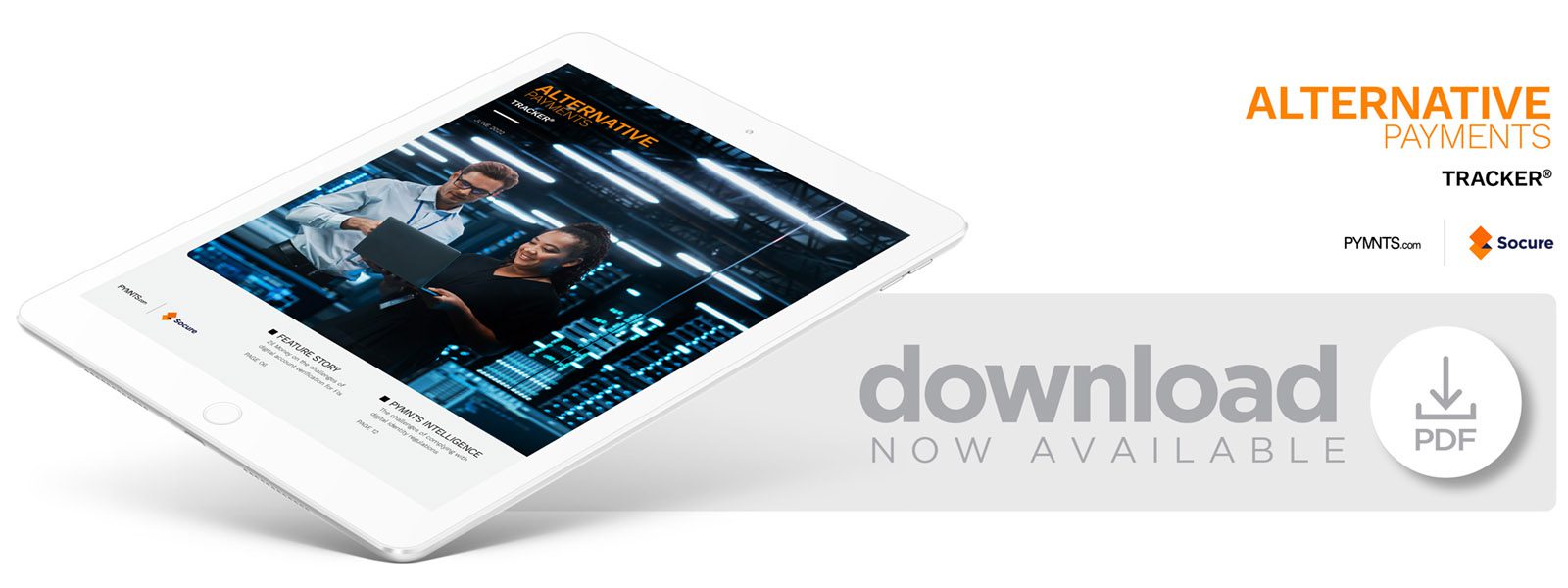Zil Money on the Challenges of Digital Account Verification for FIs

No other industry has more at stake in digital identity verification than financial services, a future Zil Money’s Justin Timlin says will be driven by technology and shaped by how regulators want to see it deployed.
Business is increasingly being conducted online and on mobile devices. While no entity wants to be the target of fraudulent activity, perhaps no other industry has more at stake and more responsibility for ensuring account identity than financial services. Banks and FinTechs that handle the financial livelihoods of their customers must be sure who they are doing business with, lest they lose not only large sums of money but also their clients’ trust and future business.
“Payments is such an amazing industry, but the biggest headache to it is probably always protecting your rails and your platform,” said Justin Timlin, chief operating officer of Zil Money, a Michigan-based FinTech that offers a business-to-business (B2B) payments platform focused on accounts payable for small- to mid-sized businesses (SMBs).
With some 20,000 active users who conduct business totaling $1.5 billion a month, the company prioritizes identity verification. However, in a global economy in which business partners interact digitally instead of face-to-face, that has its challenges.
“We use a lot of tools to protect our rails,” Timlin said. “Essentially, as someone signs up, and they want to use digital rails, we put them through an onboarding process where they provide us with important information related to their business, who they are, as well as documentation on identification.”
Fighting Off Fraud
Keeping fraudulent actors at bay can be daunting when new users are unseen. As a result, Timlin said that Zil Money uses technology such as device fingerprinting, email address screening and algorithms that limit the payment amount and velocity that can be transacted until a healthy payment history is established.
Consumers increasingly want to be able to use their mobile devices to do their banking, but as hackers learn how to get around security safeguards, financial institutions (FIs) are challenged more than ever. To battle this, Zil Money and other FinTechs are developing robust solutions that ask new applicants to take selfies, which can then be compared to motor vehicle records, as well as using biometrics and other advanced technologies, such as algorithms that can take device information shared by Google or Apple to assign security scores.
“We can check that a device and account are in the same place, for example, and that this is done on a Mac,” said Sabeer Nelli, founder and CEO of Zil Money. “His residence from the government ID is here, so we know that he’s not too far away, like coming from Nigeria.”
Combining security processes and using algorithms to double-check information may not always be foolproof, but it provides a relatively trustworthy snapshot of the person applying for a new account.
The Future of Digital Account Verification
Digital verification will play a major role in the future of financial services, and Timlin said the evolution of security technology would depend on both experimentation and individual adoption by FIs. Regulation will also play a pivotal part.
“I think [stricter] requirements, in many ways, can be a good thing as long as they’re done thoughtfully and [aim] both to protect the consumer and to allow business to run optimally,” Timlin said.
Nelli said he is a member of the Federal Reserve community preparing for the 2023 launch of the FedNow platform that will offer education, preparation and ecosystem innovation for instant payments, as well as Nacha. He said he has seen good come from regulations to help protect consumers and FIs, and he points to laws that helped make cryptocurrencies legal and safe as recently as two years ago.
In the meantime, the future of digital verification relies on FIs developing and adopting technology that can better confirm users’ credentials.
“I think the next biggest frontier is related to biometrics, in the ways in which you can confirm someone’s identity, whether it’s fingerprint[s] or eye scans or facial recognition — or whatever else the smart people are figuring out,” Timlin said. “It really comes down to privacy laws as well. Are people going to be comfortable with [sharing] very personal data and giving people like us the ability to tap into it? I think probably the biggest thing that [banks] are going to struggle with as it relates to building out new verification infrastructure or verification rails is ‘How much do we protect privacy for the consumer?’ versus ‘What do we need to do to protect [it]?’” he said.
Financial service providers will need to weigh those crucial factors as they choose who can and cannot access their platforms. Those that achieve security and a reputation for protecting consumers’ financial lives will be rewarded with repeat business.
